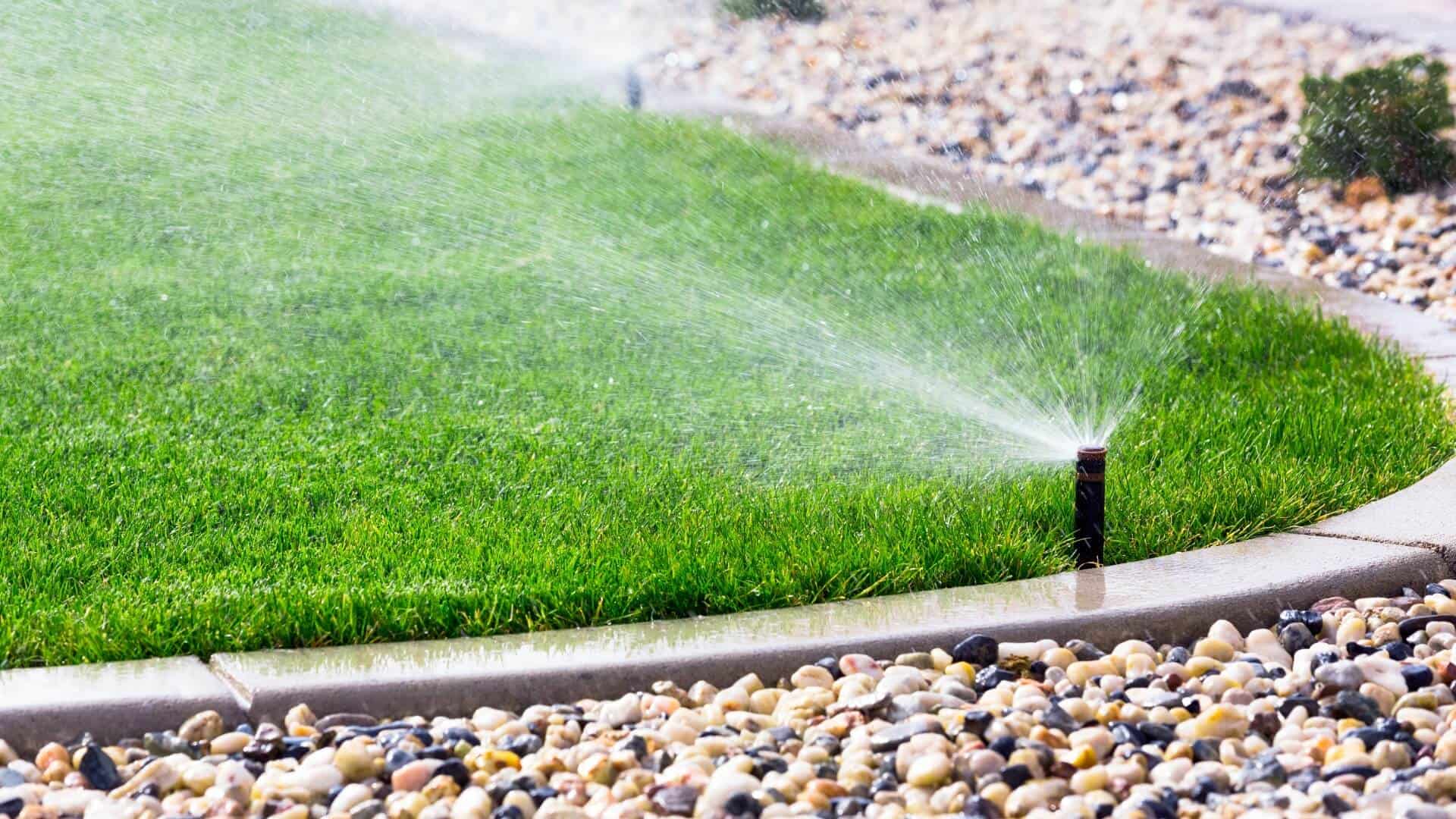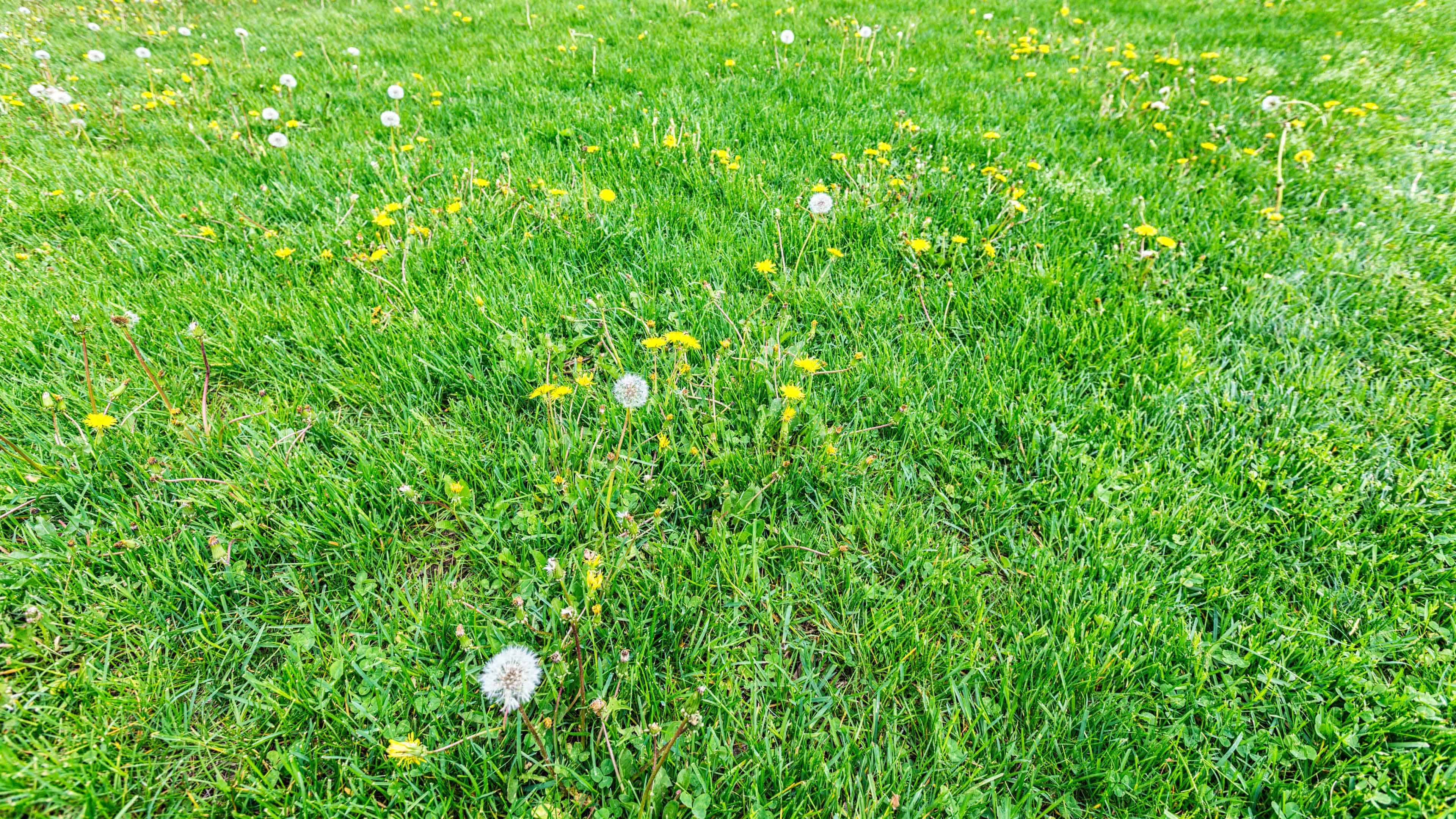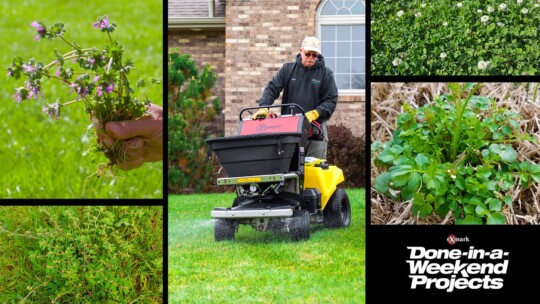If you want to prevent weeds from growing in your lawn this spring, you should think beyond using a weed killer or pre-emergent. Follow these simple tips to keep your lawn looking full and green during spring and summer.
As the snow begins to melt and temperatures warm, it’s not just your grass that springs back to life. Weeds—especially, dandelions—are just waiting to take root in your lawn, plantings, and other areas. While weed killer has a definite role, it shouldn’t be your main line of defense. An ounce of prevention is worth a pound of cure, so here are other ways to prevent weeds from growing in your lawn this spring.
1. Make it Difficult for Weeds to Grow
Weeds—especially, dandelions—are opportunists, so minimize the opportunity for them to infiltrate. Aerate, dethatch, and overseed your lawn this spring, paying attention to bare spots. More oxygen and nutrients will reach your lawn’s roots by doing so. The result will be a healthier, fuller lawn that provides less opportunity for dandelions and other wind-dispersed weeds like milkweed, as well as perennial pests like broadleaf plantain.
If you live in an area where wind-dispersed weeds are a problem, mulch flower beds and bare areas around trees early in the spring. A thick mulch layer will make it easier to pull weeds before they spread.
Once new grass is well established, fertilize your lawn. Besides keeping your grass healthy, this helps prevent weeds that are attracted to low nitrogen or poor soils, like white clover or creeping Charlie. As trees leaf out and create thin or bare patches due to shade, seed those areas with a shade-tolerant seed to help prevent violets and other shade-loving weeds.

2. Prevent Weeds with Good Lawn Care
Your watering and mowing habits can also prevent weed growth. Under-watering your lawn creates ideal conditions for weeds like purslane, especially in newly seeded areas, while broadleaf plantain loves an overwatered lawn. Scalping creates ideal conditions for crabgrass. Make sure your mower settings are right for your type of grass and region.

3. Remove Spring Weeds
Once weeds start to appear, remove them before they go to seed and spread. Some weeds, like chickweed or broadleaf plantain, can be pulled by hand if there are just a few plants. Dig out small patches of clover or creeping Charlie and then seed the area immediately. Cut dandelion flowers off to prevent them from going to seed. You should also dig them out, being sure to get at least two inches of the taproot.
If the weeds mount a full-scale invasion, apply post-emergent herbicide directly to the plants. If the weeds are taking over newly planted grass, it may be best to dip a paintbrush in the herbicide and paint—rather than spraying—the weeds’ leaves.
One final note: If your lawn is really weedy, wash your mower’s blades and deck when you’re done. Seeds can cling to the mower; starting up and mowing the next time returns them to your lawn, erasing any progress in weed eradication.
If you were unsuccessful in preventing spring weeds and your yard is beyond hope, you can re-sod your lawn. Just make sure to choose the right sod for your region and growing conditions.



